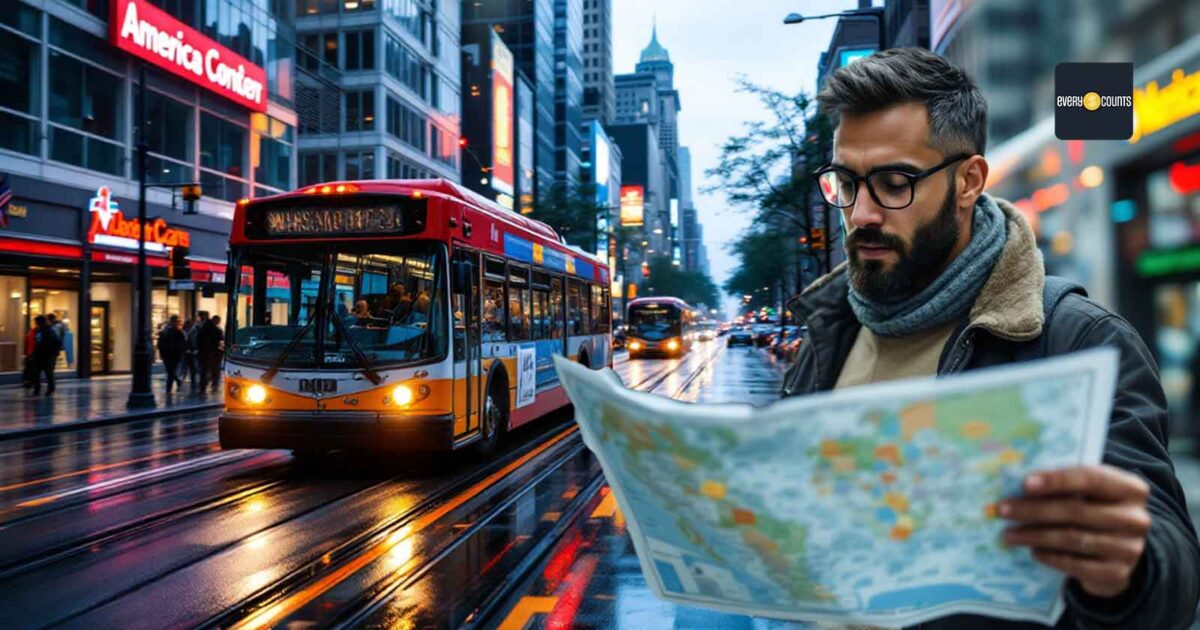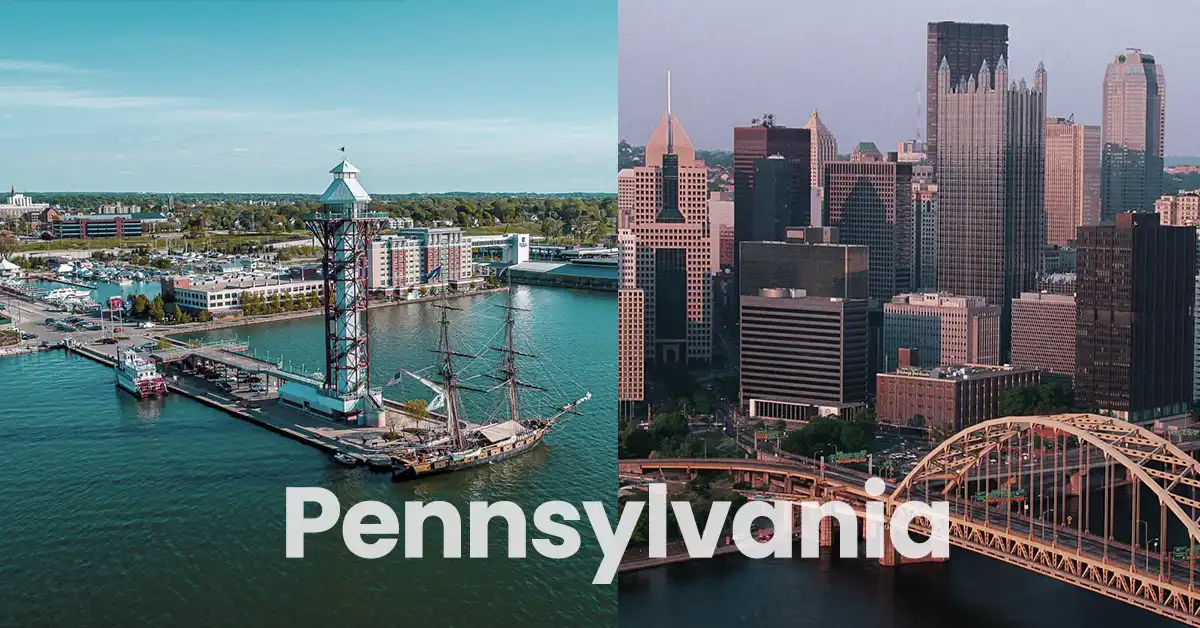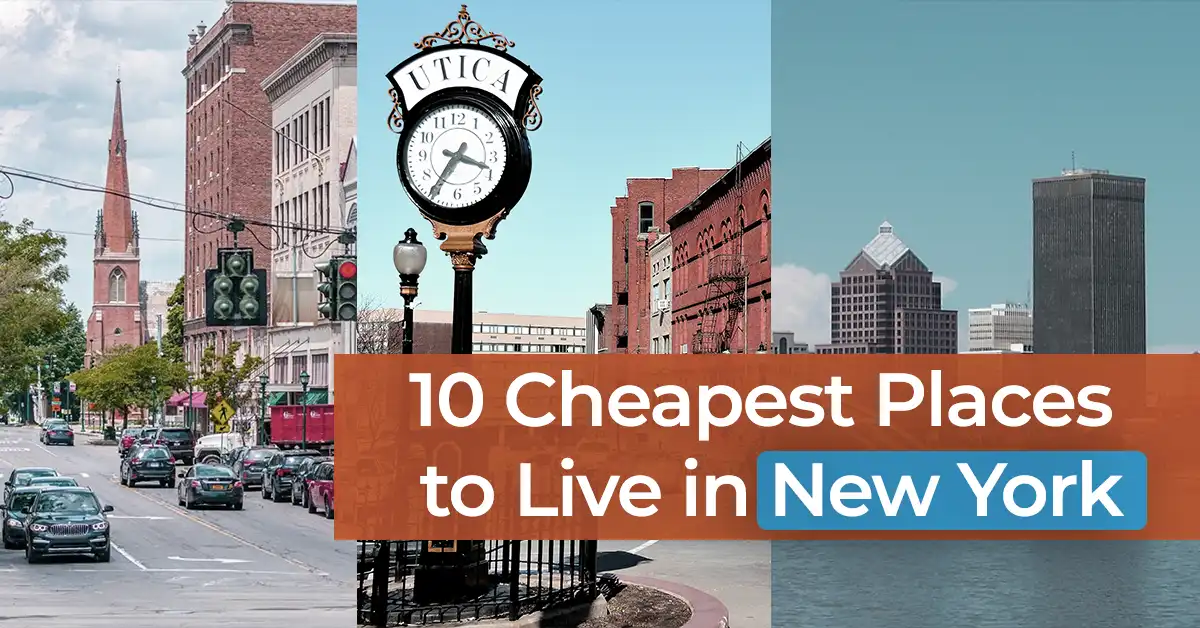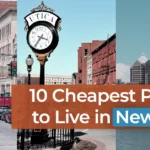Navigating major US cities can be expensive, especially when transportation costs eat into your budget. Whether you’re commuting to work, exploring a new city, or simply running errands, finding affordable transportation options is essential for maintaining a balanced lifestyle. With rising fuel prices, parking fees, and the high cost of car ownership, many Americans are seeking smarter, budget-friendly ways to get around.
Fortunately, major US cities offer a variety of affordable transportation options that can save you money while reducing your carbon footprint. In this article, we’ll explore the best affordable transportation solutions in major US cities, helping you travel smarter and stretch your dollars further.
Table of Contents
Why Affordable Transportation Matters
Transportation is one of the largest expenses for households in the US, second only to housing. According to the Bureau of Labor Statistics, the average American spends thousands of dollars annually on transportation, including gas, maintenance, and public transit. For those living in major cities, where traffic congestion and parking fees are common, these costs can quickly add up. Affordable transportation isn’t just about saving money—it’s about improving accessibility, reducing stress, and contributing to a more sustainable environment. By opting for cost-effective transit options, you can free up funds for other priorities while enjoying a more efficient and eco-friendly way to get around.
Top Affordable Transportation Options in Major US Cities
1. Public Transit Systems
Public transportation is one of the most affordable and reliable ways to get around major US cities. Most cities have extensive bus, subway, and light rail networks that connect key neighborhoods and attractions.
- New York City (MTA): The NYC subway system is iconic and cost-effective, with a single ride costing just $2.90. Monthly unlimited passes offer even greater savings for frequent riders.
- Chicago (CTA): The “L” train and bus system in Chicago provide comprehensive coverage, with fares starting at $2.50.
- San Francisco (BART and Muni): BART connects the Bay Area, while Muni buses and streetcars serve San Francisco, with fares as low as $2.50.
Pro Tip: Many cities offer discounted transit passes for students, seniors, and low-income residents. Check with your local transit authority to see if you qualify.
Also Read:
- 10 Most Affordable US Cities to Live in 2025-2026
- How to Find Affordable Housing in Expensive US Cities in 2025
- Simple Tips to Save Money While Living in the USA
- 15 Best Affordable Suburbs Near Major US Cities
- How to Live Affordably in California (2025–2026)?
- 20 Cheapest, Safest Places to Live in the US in 2025-2026
- Tips for Moving Across the USA on a Tight Budget
- 30 Cheapest Places to Retire Comfortably in the USA
- How College Students in the USA Can Live on a Budget?
- Top 10 Places to Buy Affordable Groceries in the USA
- How Dollar General Is Changing the Retail Game in Rural America?
2. Biking and Bike-Sharing Programs
Biking is not only affordable but also a healthy and eco-friendly way to explore urban areas. Many major cities have invested in bike lanes and bike-sharing programs to encourage cycling.
- Citi Bike (New York City): With thousands of bikes available across the city, Citi Bike offers an affordable way to travel short distances.
- Divvy (Chicago): Divvy’s bike-sharing program provides flexible pricing, including daily and annual memberships.
- Capital Bikeshare (Washington, D.C.): This program offers convenient access to bikes throughout the capital city.
Investing in your own bike can also save money in the long run, especially if you live in a bike-friendly city.
3. Ridesharing and Carpooling
Ridesharing services like Uber and Lyft are popular, but they can be expensive for daily use. Instead, consider carpooling or using rideshare options that split costs with other passengers.
- Via: This app offers shared rides at lower prices than traditional rideshares, operating in cities like New York, Chicago, and Los Angeles.
- Scoop and Waze Carpool: These platforms connect commuters traveling in the same direction, allowing you to split gas and toll costs.
Carpooling not only saves money but also reduces traffic congestion and carbon emissions.

4. Electric Scooters and Micro-Mobility Options
Electric scooters have become a popular and affordable way to travel short distances in urban areas. Companies like Lime, Bird, and Spin offer scooter rentals in many major cities.
- Cost: Rides typically start at $1 to unlock the scooter and $0.15-$0.30 per minute.
- Convenience: Scooters are ideal for last-mile connectivity, helping you bridge the gap between public transit and your final destination.
Always wear a helmet and follow local regulations to ensure a safe ride.
5. Walking
Walking is the most affordable and accessible transportation option of all. Many major US cities are becoming more pedestrian-friendly, with sidewalks, crosswalks, and pedestrian zones.
- Benefits: Walking is free, improves your health, and allows you to explore your city at a slower pace.
- Best Cities for Walking: New York City, San Francisco, Boston, and Washington, D.C., are known for their walkable neighborhoods.
If you live close to your workplace or frequently visited areas, consider walking as your primary mode of transportation.
6. Discounted Transit Passes and Programs
Many cities offer discounted transit passes for specific groups, including students, seniors, and low-income residents. Additionally, some employers provide transit benefits as part of their employee perks.
- Examples:
- New York City’s Fair Fares program offers reduced MetroCard rates for low-income residents.
- Los Angeles Metro’s LIFE program provides discounted fares for eligible riders.
Check with your local transit agency or employer to see if you qualify for any discounts.
7. Affordable Car Ownership Alternatives
If you occasionally need a car but don’t want the expense of owning one, consider car-sharing services like Zipcar or Turo. These platforms allow you to rent a car by the hour or day, often at a fraction of the cost of traditional car rentals.
- Zipcar: Available in many major cities, Zipcar offers hourly rates that include gas and insurance.
- Turo: This peer-to-peer car-sharing service lets you rent vehicles from local owners at competitive prices.
Tips for Saving Money on Transportation
- Plan Ahead: Use apps like Google Maps or Citymapper to find the most efficient and affordable routes.
- Combine Trips: Group errands together to minimize travel time and costs.
- Take Advantage of Free Services: Some cities offer free shuttle buses or trolleys in popular areas.
- Use Rewards Programs: Many transit systems and rideshare apps offer rewards or cashback for frequent use.
- Consider Off-Peak Travel: Traveling during non-peak hours can save you money on rideshares and public transit.
Affordable transportation is within reach, even in major US cities where costs can seem overwhelming. By leveraging public transit, biking, ridesharing, and other budget-friendly options, you can significantly reduce your transportation expenses while enjoying the convenience and freedom to explore your city. Whether you’re a daily commuter or an occasional traveler, these affordable transportation solutions can help you save money, reduce stress, and contribute to a greener planet.
Next time you’re planning your commute or a day out, consider these cost-effective alternatives and take the first step toward smarter, more affordable living.
FAQ:
What is the most affordable transportation option in major US cities?
Public transit systems, such as buses, subways, and light rails, are typically the most affordable options. Many cities offer discounted passes for frequent riders, students, seniors, and low-income residents.
Are bike-sharing programs cost-effective?
Yes, bike-sharing programs like Citi Bike (NYC), Divvy (Chicago), and Capital Bikeshare (Washington, D.C.) are affordable for short trips. They often offer daily, monthly, or annual memberships that can save you money compared to rideshares or car rentals.
How can I save money on ridesharing services like Uber and Lyft?
To save money on rideshares, consider carpooling options like Uber Pool or Lyft Shared. Alternatively, use apps like Via, Scoop, or Waze Carpool to split costs with other passengers traveling in the same direction.
Are there any free transportation options in major cities?
Some cities offer free shuttle buses, trolleys, or circulator buses in popular areas. For example, Washington, D.C., has the DC Circulator, and Las Vegas offers free trams along the Strip.
How can I find discounted transit passes?
Many cities provide discounted transit passes for students, seniors, and low-income residents. Programs like New York City’s Fair Fares and Los Angeles Metro’s LIFE program offer reduced fares for eligible riders. Check with your local transit authority for details.
What are the benefits of carpooling?
Carpooling reduces transportation costs by splitting gas and toll expenses with others. It also helps decrease traffic congestion and lowers your carbon footprint.
Can I rent a car affordably in major cities?
Yes, car-sharing services like Zipcar and Turo allow you to rent a car by the hour or day at affordable rates. These services often include gas and insurance, making them a cost-effective alternative to traditional car rentals.
How can I plan my trips to save money on transportation?
Use apps like Google Maps or Citymapper to find the most efficient routes. Combine errands into one trip, travel during off-peak hours, and take advantage of rewards programs offered by transit systems or rideshare apps.
What are the best cities for affordable public transportation?
Cities like New York, Chicago, San Francisco, and Washington, D.C., have extensive and affordable public transit systems. These cities offer a variety of options, including subways, buses, and light rails, at reasonable prices.
Are electric scooters safe and reliable?
Electric scooters are generally safe when used responsibly. Always wear a helmet, follow local traffic laws, and avoid riding on sidewalks where prohibited. They are a reliable option for short trips in urban areas.
What should I do if I can’t afford a car but need one occasionally?
Consider car-sharing services like Zipcar or Turo, which allow you to rent a car by the hour or day. These services are more affordable than owning a car and include gas and insurance in the rental fee.
Are there apps to help me find the cheapest transportation options?
Yes, apps like Transit, Moovit, and Citymapper provide real-time information on public transit, rideshares, and bike-sharing options. They can help you compare costs and choose the most affordable route.












